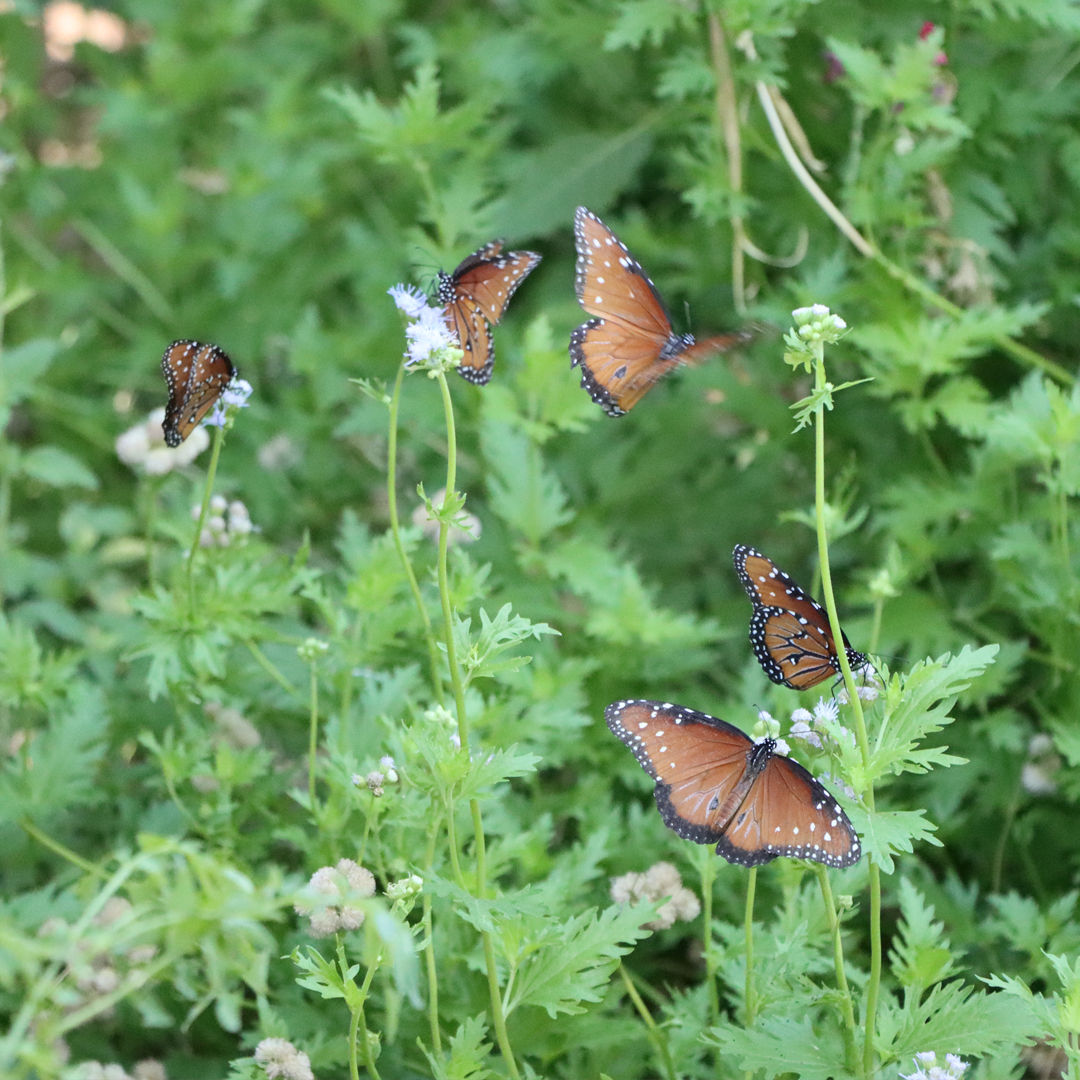- Introduction to the FotoFauna workshops, highlighting their importance in wildlife conservation and education.
- Detailed guide on setting up and using backyard wildlife cameras, including technical insights and practical advice.
- Overview of the methods for identifying animal species with an emphasis on citizen science and community involvement in conservation.
- Benefits of wildlife observation for conservation efforts and the role of public participation in protecting biodiversity.
- Insights on the ongoing conservation work at Reid Park Zoo and its collaborations with organizations like the Sky Island Alliance.
The Sky Island Alliance’s FotoFauna workshops, hosted at Reid Park Zoo, represent a significant initiative aimed at engaging the community in wildlife conservation. These workshops empower individuals through education and practical experience, fostering a deeper connection to nature and its preservation. By offering hands-on opportunities to learn about and contribute to wildlife monitoring, participants can take part in meaningful conservation actions. The workshops are strategically organized to cover two main sessions: on April 19 and May 10. Together, they focus on teaching participants the practicalities of using backyard wildlife cameras and involving them in the citizen science efforts crucial for tracking and conserving local biodiversity.
The first aspect of the workshops involves instructing participants on the technical use and installation of wildlife cameras. These sessions provide attendees with comprehensive knowledge on selecting the right equipment, positioning the cameras for optimal coverage, and interpreting the data captured. Backyard cameras play an invaluable role in wildlife monitoring. They are non-intrusive, allowing for the continual observation of fauna without direct human interference, thus providing authentic insights into animal behaviors and interactions.
Participants learn about different types of cameras, storage solutions, and power requirements. Understanding these technical details is crucial to effectively monitor wildlife and gather substantial data. There’s an emphasis on strategic camera placement, taking into account animal trails and habitats to increase the likelihood of capturing valuable footage. These technical skills cultivated during the workshops are essential, enabling citizens to contribute meaningfully to wildlife documentation efforts.
In tandem with learning how to set up cameras, attendees are instructed in identifying animals from captured images. This segment of the workshops delves into species recognition, offering knowledge on distinguishing features of various animals found in different environments. Beyond the technical aspects, the identification process enriches attendees’ understanding of local wildlife ecosystems. Participants gain expertise in using field guides, identification apps, and online platforms to accurately document their findings.
Citizen science forms the backbone of these efforts. It refers to scientific research conducted, in whole or in part, by amateur scientists or non-professional scientists. It allows the wider community to engage in data collection and analysis, thus fostering community involvement in conservation. Participants are encouraged to report their findings through platforms such as iNaturalist or eBird. This collective data contributes to larger wildlife databases, aiding scientists and conservationists in identifying trends and making informed conservation decisions.
The broader implications of such workshops are substantial. By engaging the general public in wildlife observation, we not only gather important scientific data but also raise awareness about the significance of biodiversity. Engaging individuals in conservation fosters an appreciation for the natural world and motivates protective action towards our ecosystems. Educating the public about conservation efforts directly correlates to increased stewardship of natural resources, creating a harmonious balance between human activity and wildlife survival.
Reid Park Zoo, in collaboration with the Sky Island Alliance, plays a key role in these educational efforts. The zoo has long been a center for wildlife conservation and education, using its platform to initiate partnerships that amplify these goals. Through organized programs and workshops, Reid Park Zoo continues to champion species conservation, advocacy, and community empowerment. The zoo’s initiatives encompass various conservation projects, focusing on species both within captivity and in natural habitats. Collaborative efforts like the FotoFauna workshops amplify their impact by recruiting the broader community into action-based conservation efforts.
These workshops are accessible and designed to cater to individuals of all ages and skill levels. They promote the notion that anyone can contribute to substantial conservation outcomes with the right tools and knowledge. By demystifying the process of wildlife monitoring and making it approachable, this educational program inspires long-term engagement in environmental stewardship.
In conclusion, the FotoFauna workshops at Reid Park Zoo serve as a model for how community involvement in conservation can be structured and executed. Participants walk away with both an increased appreciation for biodiversity and tangible skills that empower them to make a difference. This initiative underscores the potential of collaborative efforts in conservation, where education drives action, and citizen participation enhances the capability to protect global biodiversity. As more communities embrace these educational endeavors, the impact on wildlife conservation can only become more pronounced and successful.
*****
Source Description
🐞Spring into conservation action with the@skyislandalliance’s FotoFauna workshops, hosted at Reid Park Zoo! This two-part workshop, April 19 and May 10, will teach you how to operate and install backyard wildlife cameras. Students will learn how to identify animals and submit those observations to help protect wildlife.


